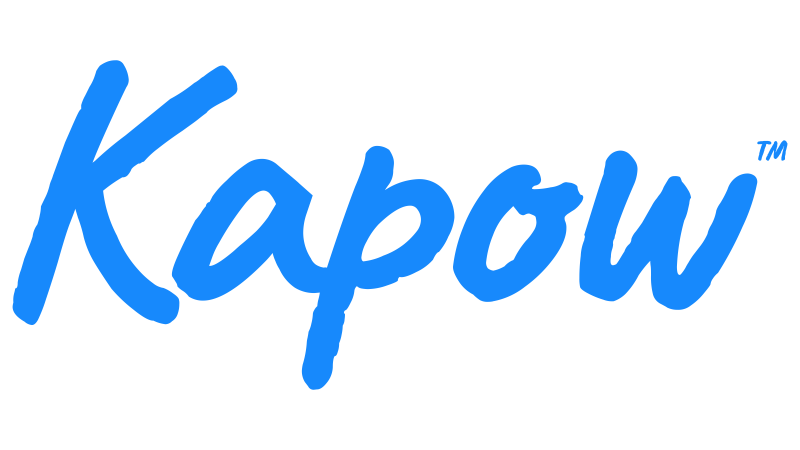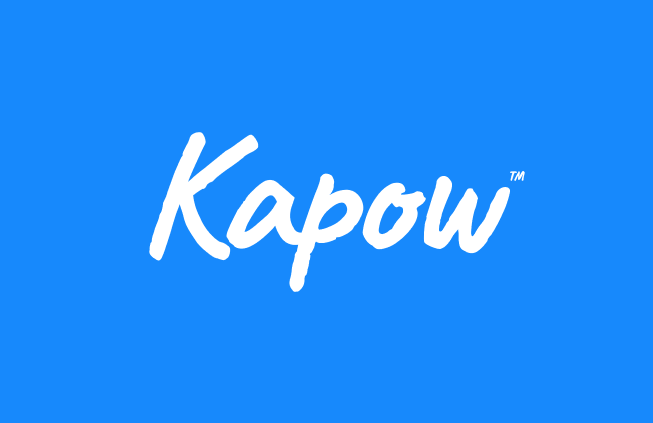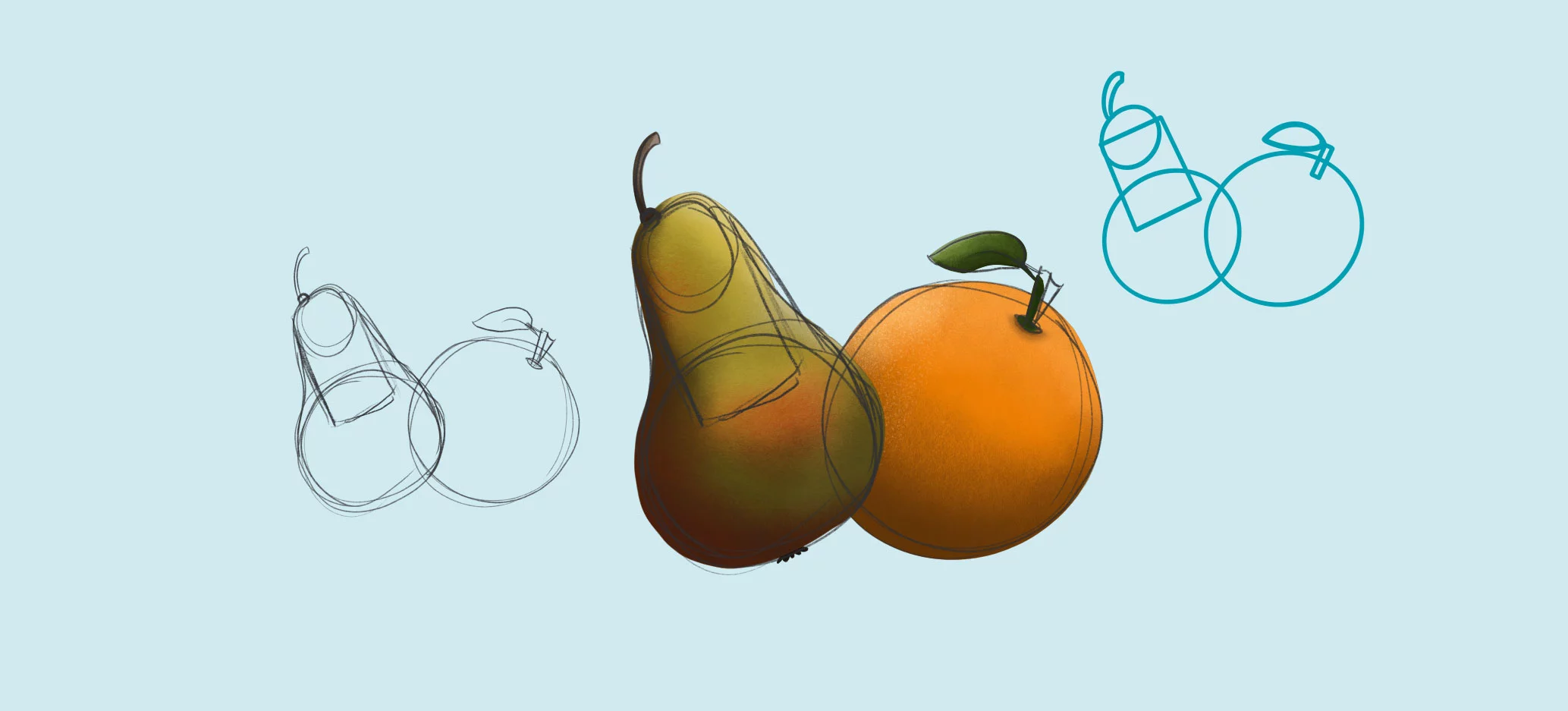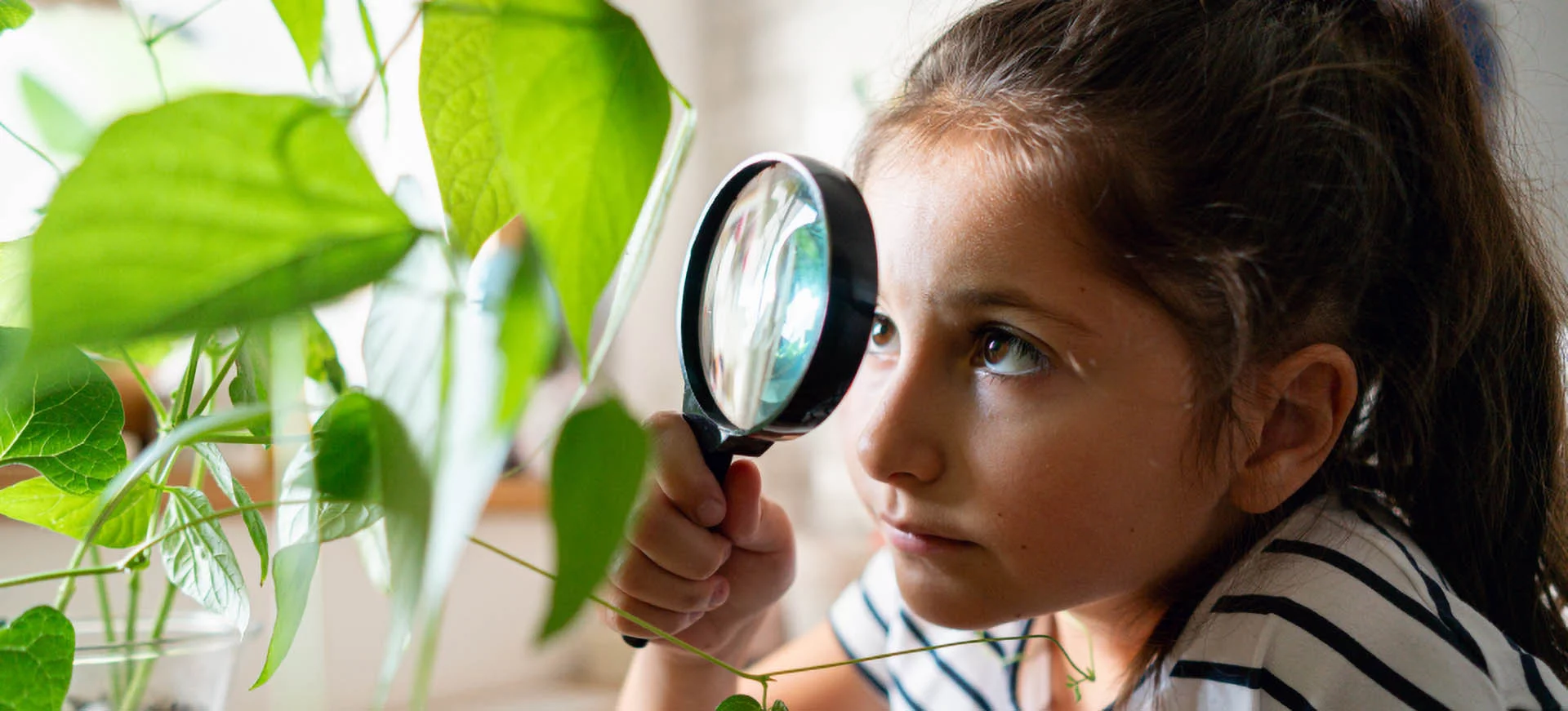Learning intention
- To use line, shape and tone in an imaginative drawing.
Success criteria
- I can use
This content is for subscribers only. Join for access today.
Cambridge Primary Art & Design (0067) Learning objectives
Experiencing
E.01 Encounter, sense, experiment with
This content is for subscribers only. Join for access today.
Before the lesson
This content is for subscribers only. Join for access today.
Lesson plan
Recap and recall
Show the Presentation: Keyword. Hand out whiteboards and pens.
This content is for subscribers only. Join for access today.
Extended-mode explainer videos
How to extend your display to view the lesson page and preseantion mode simultaneously. Choose your operating system below to watch the video
If you need further support with extending your display,
please contact [email protected].
Differentiation
Learners needing support:
- Could use the modelled example as a starting point.
- Could use printed copies of Activity: Yellena inspiration beside them as they draw.
- Could choose a maximum of five to six shapes from this sheet to copy in their work and use their own ideas for the rest of their work.
Learners working at a stretch:
- Should use a wider combination of materials within their drawing, exploring how different mediums work together.
This content is for subscribers only. Join for access today.
Assessing progress and understanding
Learners with secure understanding can:
- Use simple shapes to sketch the basis
This content is for subscribers only. Join for access today.
Vocabulary definitions
-
line
A mark that can be long or short, thin or thick, and can help make shapes.
-
materials
The equipment needed for a particular activity.
This content is for subscribers only. Join for access today.
In this unit
Lesson 1: See like an artist
Lesson 2: Shading
Lesson 3: Take a closer look
Lesson 4: Imagination in bloom
Lesson 5: Paper to pixels





